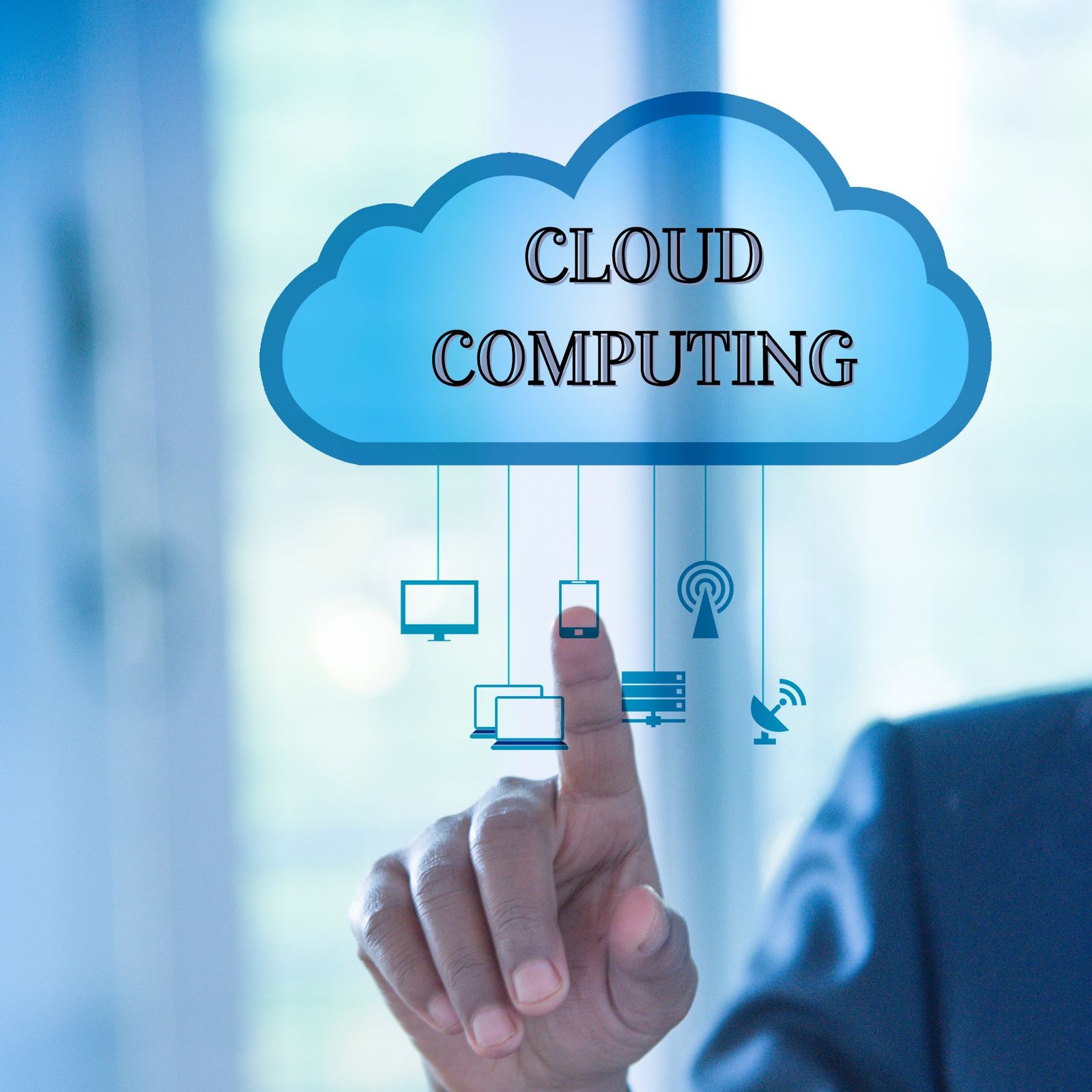Table of Contents
Cloud computing has become a cornerstone of modern technology, revolutionizing the way businesses operate and manage data. As we move into 2024, several key trends are shaping the future of cloud services. Let’s delve into the ten essential cloud computing trends you need to watch this year.
Trend 1: Multi-Cloud Strategies
Definition and Benefits
A multi-cloud strategy entails utilizing services from several cloud providers at the same time. This approach helps businesses avoid vendor lock-in, enhance resilience, and optimize performance. Companies like Netflix and Uber leverage multi-cloud strategies to ensure their services remain robust and available even if one provider faces an outage.
Case Studies of Companies Using Multi-Cloud
For instance, Netflix utilizes AWS, Google Cloud, and Azure to distribute its content seamlessly across the globe, ensuring high availability and low latency for its users. Similarly, Uber employs a multi-cloud strategy to balance its vast computational and storage needs, providing a reliable service to millions of users.
Trend 2: AI and Machine Learning Integration
Enhancements in Cloud Services
AI and machine learning are becoming integral to cloud services, providing advanced analytics, predictive maintenance, and enhanced automation capabilities. These technologies enable businesses to gain deeper insights and improve operational efficiencies.
Real-World Applications
Microsoft Azure offers AI-driven tools that help companies automate customer service with chatbots, predict equipment failures in manufacturing, and personalize marketing strategies. Google’s Cloud AI products allow developers to integrate AI into their applications without requiring deep expertise in machine learning.
Trend 3: Edge Computing
What is Edge Computing?
Edge computing brings computation and data storage closer to the devices where it’s being generated rather than relying on a central data center. This reduces latency and bandwidth use, which is crucial for real-time data processing.
Impact on Data Processing and Latency
For example, in the healthcare industry, edge computing enables real-time analysis of patient data from wearable devices, facilitating immediate medical interventions. In the automotive industry, it powers autonomous vehicles by processing data locally for faster decision-making.
Trend 4: Serverless Computing
Explanation of Serverless Architecture
Serverless computing enables developers to create and operate applications without the need to manage server infrastructure. Cloud providers dynamically allocate resources, charging only for actual usage rather than pre-purchased capacity.
Advantages and Industry Adoption
This model enhances scalability and reduces costs. Companies like Coca-Cola and Airbnb have adopted serverless computing to streamline their operations and scale efficiently during peak times, such as major marketing campaigns or holiday seasons.
Trend 5: Enhanced Security Measures
Importance of Security in Cloud Computing
With increasing cyber threats, robust security measures are paramount. Cloud providers are investing heavily in advanced security technologies to protect data and applications.
Latest Security Technologies and Protocols
Innovations like zero-trust security models, AI-driven threat detection, and encryption advancements are being integrated into cloud platforms. AWS’s security services, for instance, include tools for identity management, threat detection, and compliance monitoring, ensuring comprehensive protection for cloud environments.
Trend 6: Kubernetes and Containerization
Overview of Kubernetes
Kubernetes is an open-source platform that automates the deployment, scaling, and operation of application containers. It has become the go-to standard for managing containerized applications.
Benefits of Containerization in the Cloud
Containers bundle applications with their dependencies, guaranteeing consistent performance across different environments. This simplifies the process of developing, testing, and deploying applications. Google Cloud and AWS offer managed Kubernetes services, simplifying the orchestration of containers and enhancing the scalability and resilience of applications.
Trend 7: Green Cloud Computing
Environmental Impact of Cloud Services
As the demand for cloud services grows, so does their environmental impact. Green cloud computing aims to reduce this footprint through energy-efficient practices and renewable energy sources.
Initiatives and Innovations for Sustainability
Companies like Microsoft and Google are leading the way by committing to carbon neutrality and investing in renewable energy. Google Cloud, for example, uses AI to optimize the energy efficiency of its data centers, significantly reducing its carbon footprint.
Trend 8: Hybrid Cloud Solutions
Definition and Use Cases
A hybrid cloud integrates private and public cloud environments, enabling the sharing of data and applications between them. This approach offers enhanced flexibility and control.
Benefits Of Traditional Cloud Models
Hybrid cloud solutions are ideal for businesses with varying workloads and regulatory requirements. They enable seamless integration of on-premises infrastructure with cloud resources, optimizing costs and improving agility. IBM’s hybrid cloud offerings provide robust tools for managing data and applications across different environments.
Trend 9: Quantum Computing
Introduction to Quantum Computing
Quantum computing utilizes quantum mechanics to execute complex calculations at extraordinary speeds. Though still in its infancy, it holds immense potential for cloud computing.
Potential Impact on Cloud Services
Quantum computing can revolutionize fields such as cryptography, materials science, and complex system modelling. Cloud providers like IBM and Google are already offering quantum computing services, allowing researchers and developers to experiment with this cutting-edge technology.
Trend 10: 5G and Cloud Computing
How 5G Enhances Cloud Capabilities
The rollout of 5G networks is set to transform cloud computing by providing ultra-fast internet speeds and low latency. This will enable more robust and responsive cloud services.
Future Possibilities and Innovations
5G will enhance the performance of cloud-based applications, especially in IoT, augmented reality (AR), and virtual reality (VR). For example, smart cities will benefit from 5G-enabled cloud services for real-time data processing, improving traffic management and public safety.
Challenges in Adopting Cloud Trends
Common Obstacles
Despite the benefits, adopting new cloud trends can be challenging. Issues such as data privacy concerns, integration complexities, and skill shortages can hinder progress.
Strategies to Overcome Them
To overcome these challenges, businesses should invest in continuous learning, adopt comprehensive security measures, and partner with experienced cloud service providers. Embracing a phased approach to cloud adoption can also mitigate risks and ensure a smooth transition.
The Future of Cloud Computing
Predictions for the Next Decade
Looking ahead, cloud computing will continue to evolve, driven by advancements in AI, quantum computing, and network technologies. We can expect more personalized and intelligent cloud services, enhanced security measures, and greater environmental sustainability.
Emerging Technologies and Innovations
Technologies such as blockchain, augmented reality, and advanced analytics will further enhance cloud capabilities, providing innovative solutions across various industries. The integration of these technologies will enable more efficient and secure cloud environments.
Conclusion
Cloud computing is rapidly transforming, with new trends and technologies emerging every year. By keeping an eye on these ten essential trends, businesses can stay ahead of the curve, leveraging the power of the cloud to drive innovation, efficiency, and growth.









